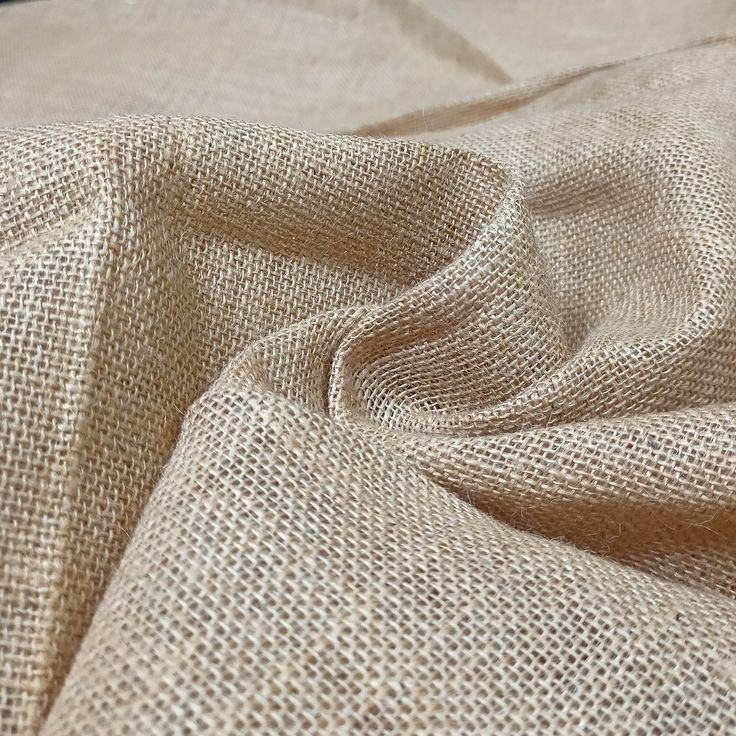Jute fabric is a type of textile fiber made from the jute plant. While there are a few different botanical varieties of jute, one of the main species used to make jute fabric is Corchorus olitorius (white jute). However, another species of jute, called Corchorus capsularis (tossa jute) is considered to be superior even though it is harder to cultivate.
Cotton takes the title of most-produced plant-based fiber, but jute is a close second. While jute isn’t very popular in the Western world, it is one of the primary textile fibers of India and neighboring countries. Jute plants grow to be over 10 feet high, and the fibers derived from these plants are harvested in a single long string. Therefore, jute fibers are among the longest natural textile fibers in the world.
History of Jute
Jute has been grown for textile purposes on the Indian subcontinent for at least 5,000 years. The earliest evidence for the production of this plant fiber dates to approximately 3000 BC, but it’s entirely possible that the Indus valley civilization or preceding societies also cultivated jute for fiber purposes before this date.
Even though cotton production was also popular in India, jute played a more central role in the development of Indian society for the millennia preceding the effects of European colonialism. With the advent of British involvement in India, jute became a cash crop that helped fuel British colonial efforts.
While jute had also been grown in Scotland for several centuries, jute production in Bengal and other parts of India quickly overtook Scottish production. Due to the immense profits being made by jute barons in India, many Scottish jute producers emigrated to this British colony to partake in the jute boom.
Jute production remained a significant sector of the economy of the British Empire until the late 19th century, and after Indian independence, jute remained a major export of this region. With the advent of synthetic fibers, however, jute production slackened in the latter half of the 20th century, and it wasn’t until the early 21st century that production of this plant fiber again became a major economic factor in Bengal, Bangladesh, and other areas of the Indian subcontinent.

Comments
Post a Comment